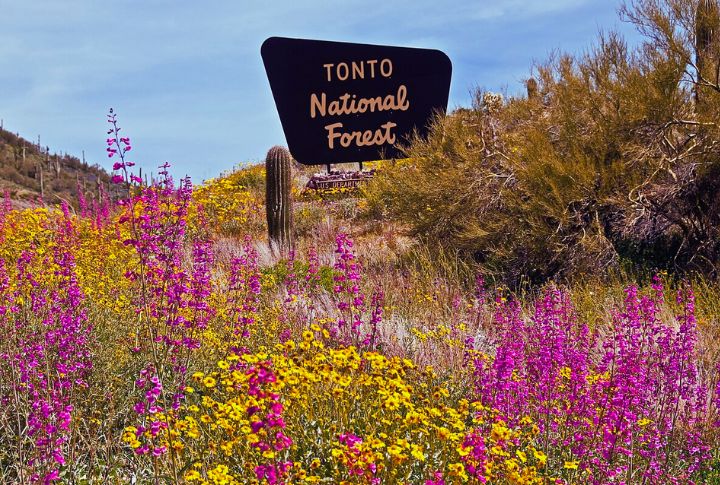
Just outside Phoenix lies one of the most diverse and expansive national forests in the United States, the Tonto National Forest. It spans deserts, lakes, and pine-covered mountains, which offer a stunning contrast of ecosystems. Are you ready to trade traffic for wildflower trails and canyon lakes? Keep reading to know more about Tonto.
Size And Location
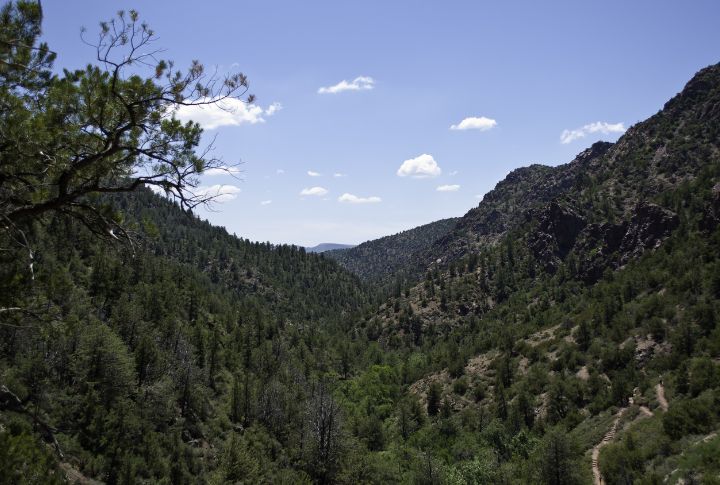
Founded in 1905, the Tonto National Forest began as a conservation effort. Over the decades, it expanded to cover nearly 2.9 million acres and stretched from cactus-studded deserts to alpine plateaus. Its evolution mirrors Arizona’s environmental priorities.
Diverse Ecosystems
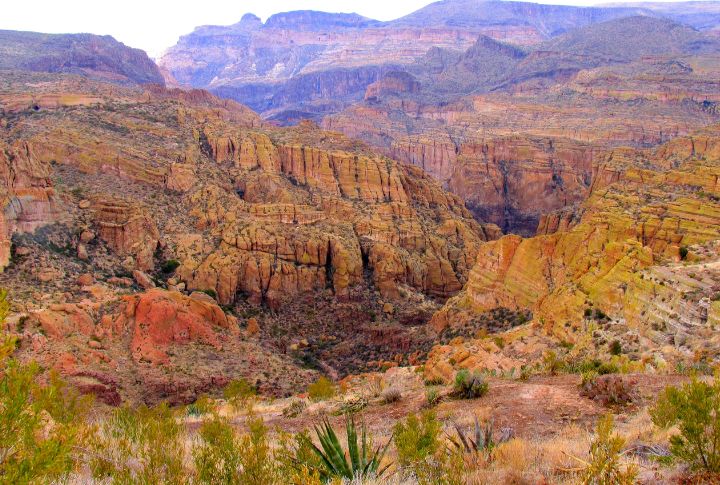
Tonto contains several ecological zones due to its dramatic elevation, ranging from 1,400 to 7,900 feet. This vertical shift causes the forest to host both Sonoran desert flora and high-altitude pine woodlands, which have directly shaped its biological diversity.
Rivers And Lakes
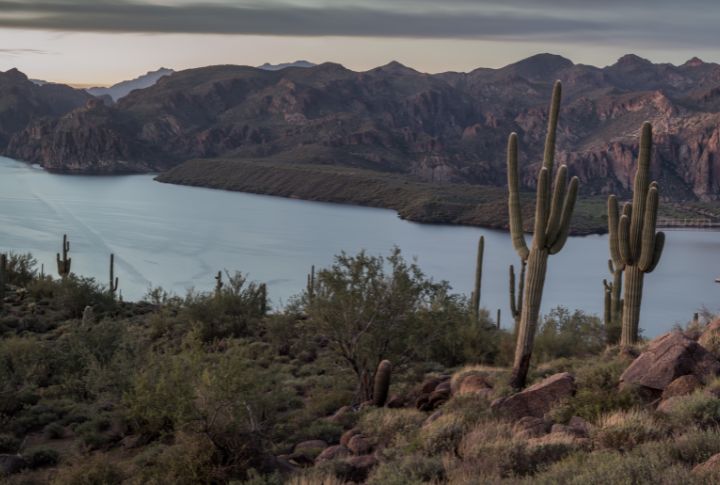
Unlike the arid land around, Tonto’s rivers and lakes offer refreshing contrast and have transformed this forest. The Salt and Verde rivers, along with reservoirs like Roosevelt Lake, create lush and recreational oases amidst the often-dry terrain of Arizona.
Recreation
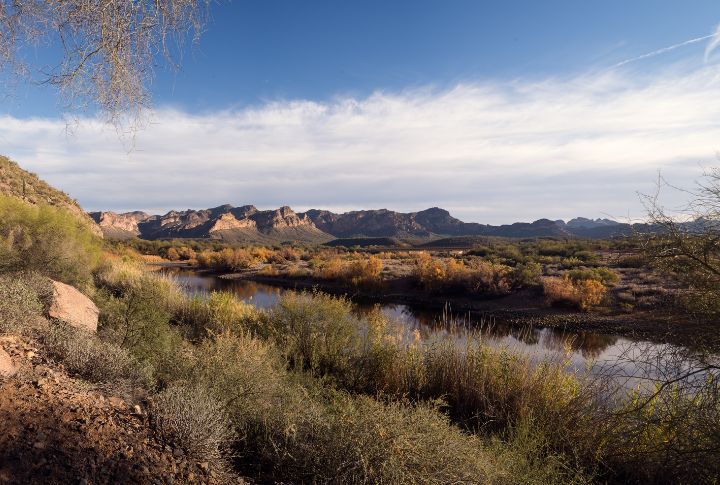
Heavy tourism can erode the trails and lead to littering. To combat this, the Forest Service promotes ‘Leave No Trace’ principles and invests in sustainable facilities. Balancing public access with preservation remains an ongoing and active effort in Tonto.
Superstition Mountains
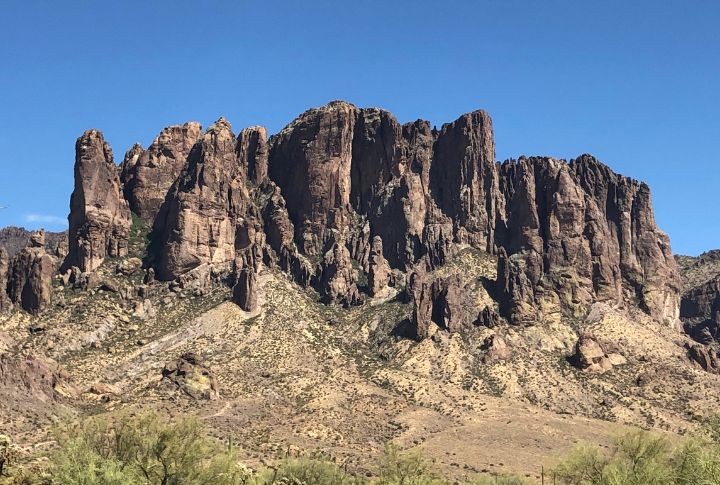
Tonto contains several wilderness areas, but the Superstition Mountains are especially famous. Steep cliffs, labyrinthine trails, and legends like the Lost Dutchman’s gold mine make this area iconic. It’s wild and mysterious and a true hiker’s dream.
Native American History
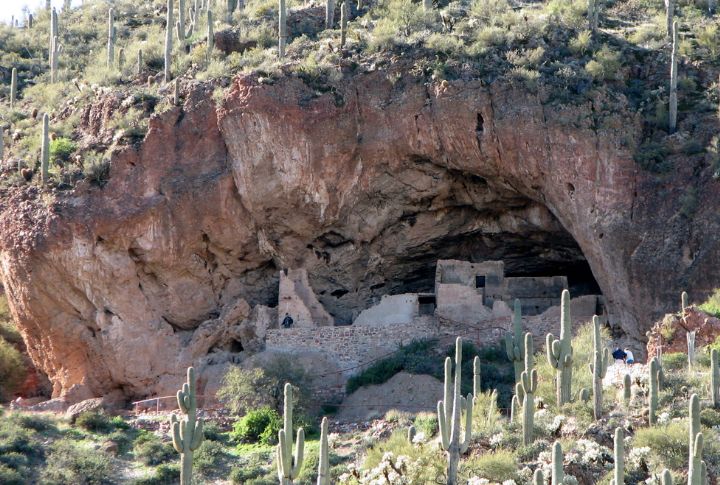
Ancient Salado cliff dwellings and Hohokam petroglyphs dot the scenery in this region. It also includes prehistoric irrigation canals that reflect a long human presence. Together, they reveal the forest’s rich cultural depth and continued indigenous significance.
Roosevelt Dam
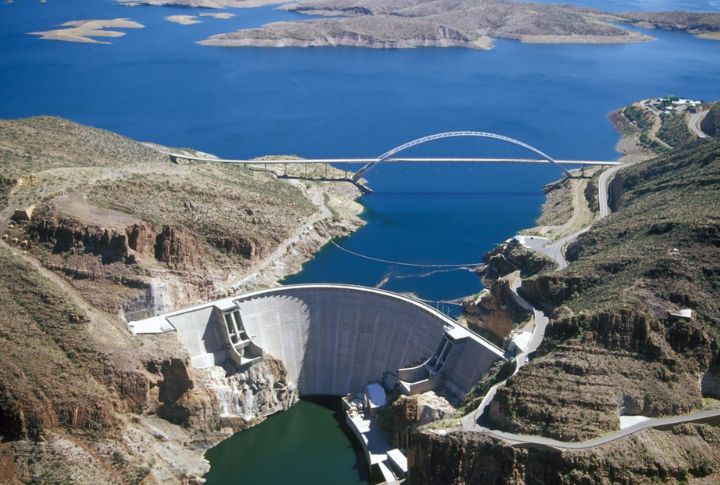
Roosevelt Dam is an important part of the Tonto Forest. It was constructed in 1911 and became the largest reservoir in Arizona. This dam made irrigation possible across central Arizona and permanently altered both its topography and economy.
Wildlife Diversity
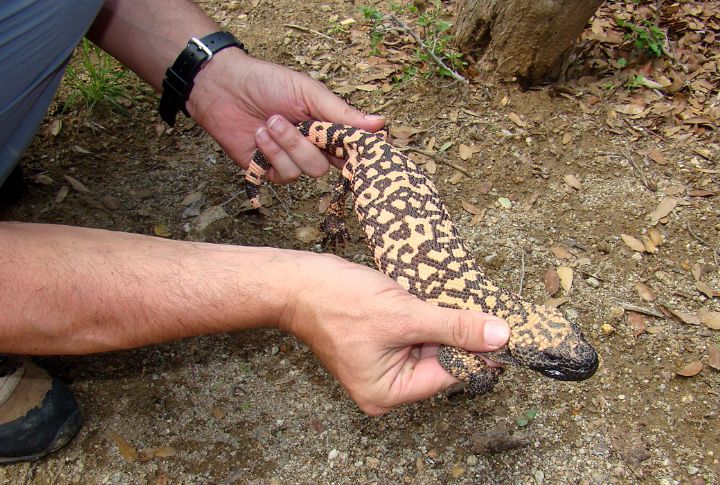
Each elevation band is a habitat for different species. Starting in the low desert, you’ll find Gila monsters and rattlesnakes with coyotes prowling. As you climb higher up, you will spot mule deer, black bears, and even bald eagles circling above pine canopies.
Year-Round Access
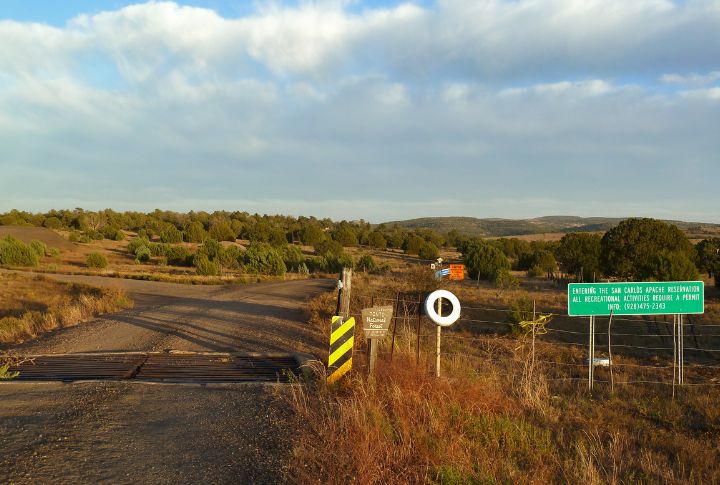
Different areas at Tonto remain open through seasonal changes, giving it year-round access. While some high-altitude places receive snow, the lower desert zones stay warm and dry. So, Tonto is a flexible destination regardless of the season or month.
Proximity To Cities
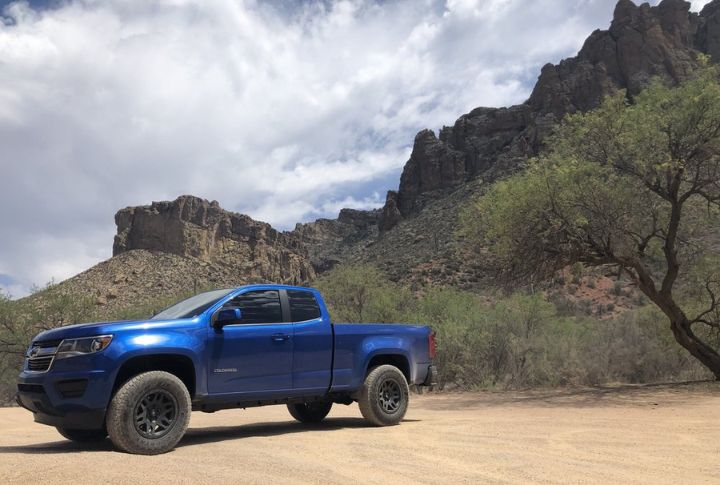
Over 5.8 million people live within an hour’s drive of some or the other part of Tonto. This makes it one of the most visited national forests in the country. Its urban proximity ensures accessibility without sacrificing pure wild encounters.
